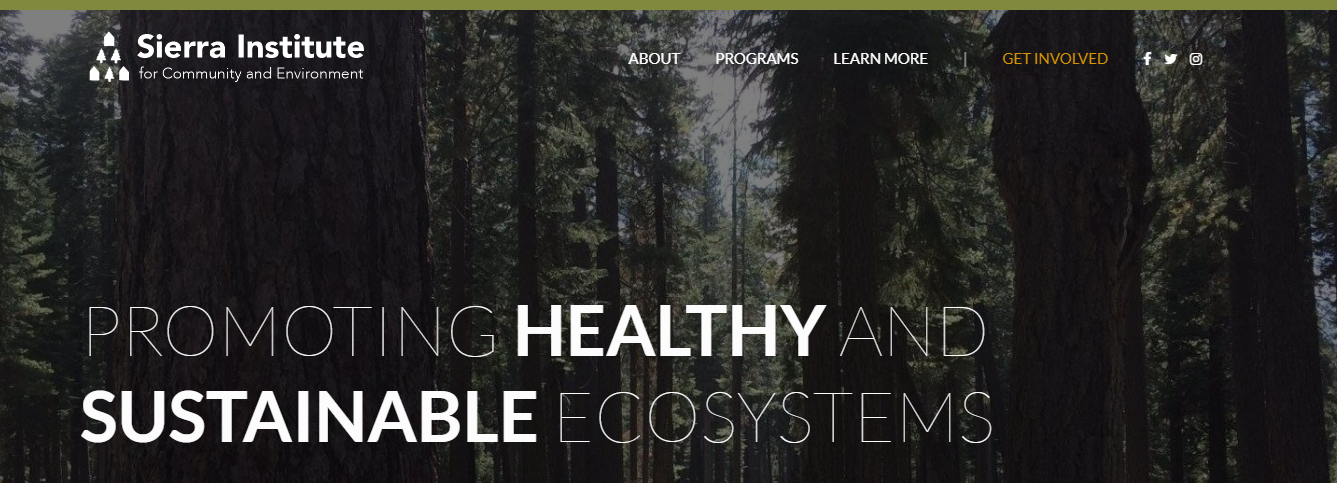This paper was led by Dr. Adrienne Marshall, postdoc at Georgia Tech.
Agenda for LANDIS-II Symposium
clip of agenda
It’s free. Register here:
https://uoregon.zoom.us/meeting/register/tJMsdu2rrTgvHNyWW5vNJ5DT7jgmjWv1tskP
Stuart's recent visit to a globally rare habitat type in Wisconsin
What does it mean to see the forest for the trees when the trees, well, aren’t there? For the Forest Service, this question brings both the past and the future into focus as they work on restoring historically open habitats in a corner of Wisconsin’s Northwoods. The signature answer that binds past conditions, present management activities, and future outcomes is: fire.
“We’re trying to emulate nature as much as we can wherever we can in all of these treatments,” Chequamegon-Nicolet National Forest silviculturist John Lampereur told me when we met in late April amongst the nascent Pine Barrens that he’s helping restore.
Pine barrens are a globally rare habitat type, and remnants in Wisconsin resemble heaths or savannahs, characterized by diverse shrubs, a grassy base layer, scant canopy, recurrent fire, and – the most exciting part – prolific blueberry patches.
Jannike Allen, former Honor's student in our lab, just got a job with Sierra Institute!
Teagan got a summer job in Alaska!
Teagan just got a summer job to conduct research in interior Alaska with the Buma Lab at the University of Colorado-Denver.
Congrats Teagan!!
Tom's dissertation research appears in "Around the O"
https://around.uoregon.edu/content/study-shows-pollen-records-can-measure-ecosystem-health
New undergrad in our lab!
I’m so excited to announce that we have a new scientist in our lab. Meet Teagan!
Teagan is an undergraduate student of Biochemistry and Spatial Data Science, originally from Atlanta, Georgia. She is an AP Scholar (12 scores of 5/5!!), UO Stamps Scholar (our top undergraduate scholarship at UO!), and UO Presidential Scholar.
Learn more about her here:
Teagan Furbish
Videos about our DoD grant
Our lab collaborated with DoD, NC State, Harvard Forest, and WalkWest to create videos about Fort Bragg. Each one is about 4 min in length and they are great for kids and adults alike!
DOD Case Study - Video One - Fort Bragg Ecosystem
DOD Case Study - Video Two- Fort Bragg's Red-cockaded Woodpecker
DOD Case Study - Video Three - The Value of Fire on Fort Bragg
DOD Case Study - Video Four - Fort Bragg's Ecosystem Forecast
Our new virtual reality paper is out and featured in Penn State's research news!
Peer-reviewed paper here in IJGIS:
https://www.tandfonline.com/doi/abs/10.1080/13658816.2020.1830997?journalCode=tgis20
News piece here:https://news.psu.edu/story/638750/2020/11/11/research/virtual-reality-forests-could-help-understanding-climate-change









